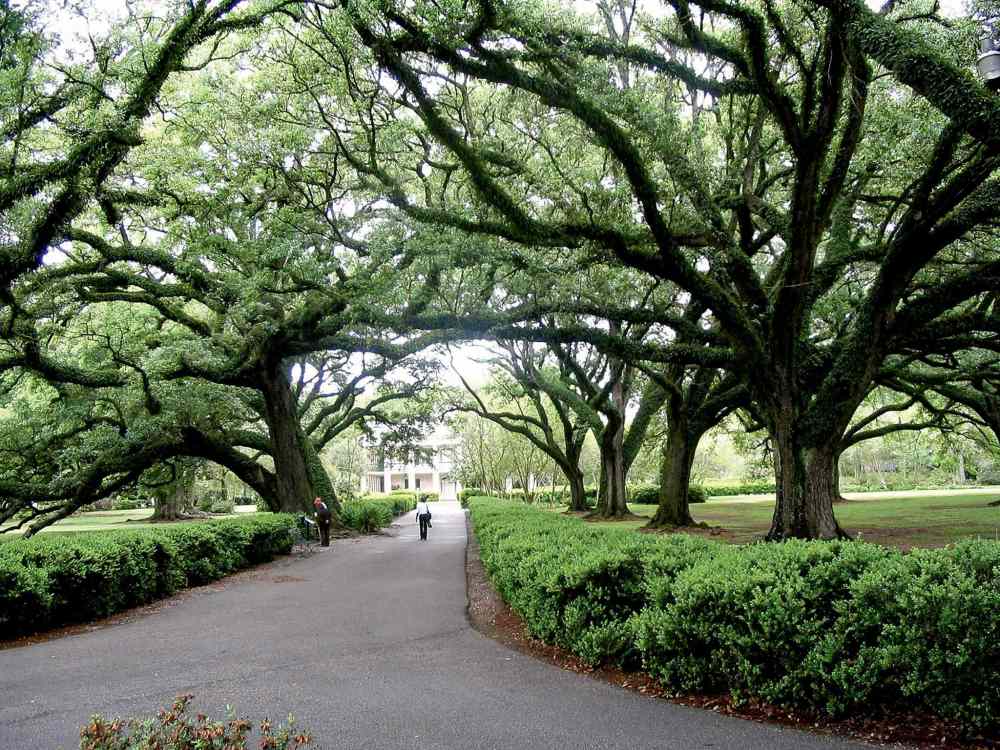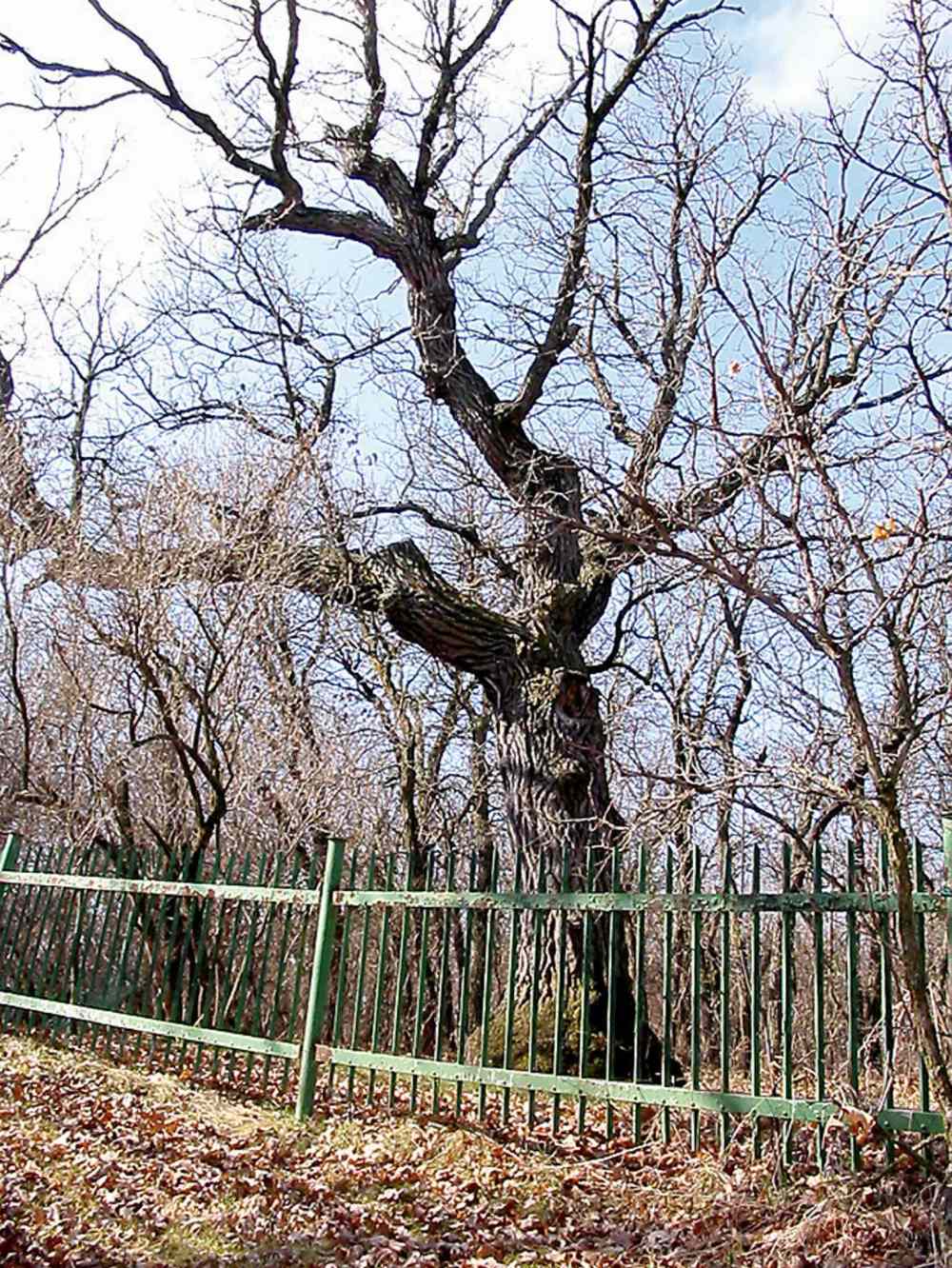No magic bullet for two-lined chesnut borer
Advertisement
Read this article for free:
or
Already have an account? Log in here »
To continue reading, please subscribe:
Monthly Digital Subscription
$1 per week for 24 weeks*
- Enjoy unlimited reading on winnipegfreepress.com
- Read the E-Edition, our digital replica newspaper
- Access News Break, our award-winning app
- Play interactive puzzles
*Billed as $4.00 plus GST every four weeks. After 24 weeks, price increases to the regular rate of $19.00 plus GST every four weeks. Offer available to new and qualified returning subscribers only. Cancel any time.
Monthly Digital Subscription
$4.75/week*
- Enjoy unlimited reading on winnipegfreepress.com
- Read the E-Edition, our digital replica newspaper
- Access News Break, our award-winning app
- Play interactive puzzles
*Billed as $19 plus GST every four weeks. Cancel any time.
To continue reading, please subscribe:
Add Winnipeg Free Press access to your Brandon Sun subscription for only
$1 for the first 4 weeks*
*$1 will be added to your next bill. After your 4 weeks access is complete your rate will increase by $0.00 a X percent off the regular rate.
Read unlimited articles for free today:
or
Already have an account? Log in here »
Hey there, time traveller!
This article was published 27/09/2014 (4005 days ago), so information in it may no longer be current.
In a previous column on the devastation caused by the two-lined chestnut borer in oak trees, I indicated I would write about options to control it.
This is an extremely difficult pest to control. First of all, this insect is attracted to stressed oak trees that have been weakened by manmade or environmental causes.
Healthy trees are rarely infested with this insect. Broad-leaf herbicides used to control weeds near areas where oaks grow are significant factors in their declining health. Drainage of excess water into woodlots growing oak trees will certainly weaken and can kill the trees. Soil compaction resulting from the use of heavy equipment over soil or grass areas underlain with oak roots will ultimately be a significant factor in the death of those oak roots.

Oaks near new building sites are especially susceptible to damage and the subsequent infestation of borers at those locations. Virtually any environmental disturbance near an oak will cause its decline in health and cause it to be attractive to the borer.
Biological control of the borers is often achieved by the natural feeding behaviour by hairy and downy woodpeckers.
In some studies, these birds can consume up to 80 per cent of the borers in oak trees. The woodpeckers can easily open up small areas of the oak bark and find the borers by scent alone. Do what you can to encourage woodpeckers near your oak trees.
Dead oaks do not breed beetles; however, freshly cut live oak wood will. If this wood is cut into firewood it should be quickly covered with a plastic tarp that is completely sealed. When the adults leave the wood, they are trapped and die.
After a few months, the drying effects of the exposed wood may cause the borers to leave the wood. When I was the forester of the City of Winnipeg, I first discovered this borer in early spring in a wood pile in River Heights in the early 1990s.
Ideally, oaks that are growing in an area where the soil is well-drained should not be subject to harmful lawn-management practices. Over-use of fertilizers and weed killers will weaken the trees, thereby making them targets for new borer infestations. It is best to have oaks growing as naturally as possible, with the surface surrounding the trees ideally covered with a vegetative mulch, especially dried leaves.
Early detection is critical in attempting to control this oak pest. One needs to understand the stresses that oaks are under, and hopefully be able to deal with them. At this early stage, pruning to remove dead and visibly infested twigs and branches can be beneficial; however, as I am finding out, pruning by itself is not necessarily an effective way of controlling borers in trees with a fair number of dead and dying branches. If you have problem oaks, see if you can visit a location where there are many oaks with virtually none of them showing signs of dead twigs and branches at the top. Find out why.

We are accustomed to having a magic bullet to solve our problems but for the two-lined chestnut borer no such solution exists.
Michael Allen M.Sc.F., RPF (ret.) is a consulting urban forester, tree diagnostician and certified arborist. He owns Viburnum Tree Experts, a Manitoba company that provides objective assessments of the condition and the care required for trees and shrubs on home and business landscapes. He is available to visit homes and gardens. He can be reached at 204-831-6503 or 204-223-7709 viburnumtrees@shaw.ca His web site is
www.treeexperts.mb.ca

